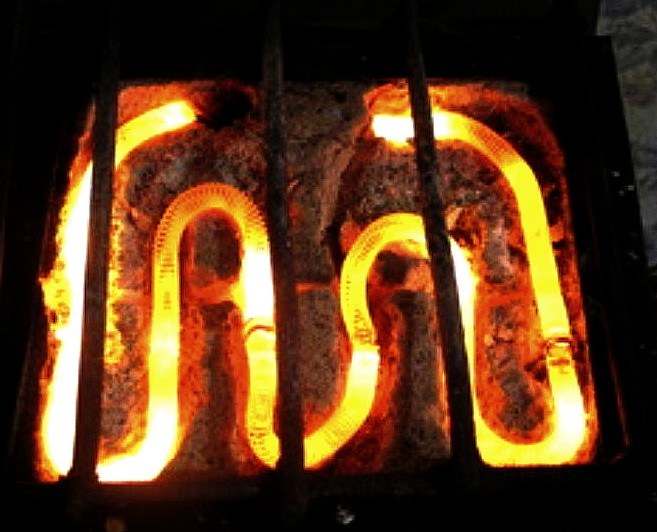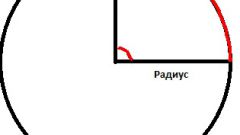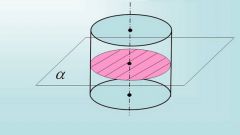You will need
- Spiral, caliper, ruler. You must know the material spiralizatia current I and voltage U at which the work will be a spiral, and what material it is made.
Instruction
1
Find out what resistance R should be in your spiral. To do this, use Ohm's law and substitute the value of the current I in the circuit and the voltage U at the ends of the spiral to the formula R=U/I.
2
3
Determine the cross-sectional area of the wire according to the formula: S=PD2/4 in meters squared. π≈3,14.
4
The Handbook will define the resistivity ρ of the material from which made the spiral. ρ must be expressed in Ohm•m. If the value of ρ in the directory given in Ohm•mm2/m, multiply it by 0,000001.For example: the resistivity of copper ρ=0,0175 Ω•mm2/m, the translation in C are ρ=0,0175•0,000001=0,0000000175 Ω•m.
5
The length of the wire way according to the formula: Lₒ=R•S/ρ.
6
Measure the ruler on the spiral of arbitrary length l (for example: l=10cm=0.1 m). Count the number of turns n coming to this length. Determine the pitch of the helix H=l/n or measure it with a caliper.
7
Caliper to determine the outside diameter D of the spiral in meters.
8
Find how many revolutions N can be made of wire length Lₒ: N= Lₒ/(πD+H).
9
The length of the spiral way by the formula: L=Lₒ/N.
Note
Electrical resistivity of the material in the handbooks are given most often at a temperature tₒ=20ₒС. By increasing or decreasing the temperature changes the conductor and its resistivity. The magnitude of the changes shows the temperature coefficient of resistance α. If the temperature of the conductor t is different from the reference, then the formula of the length of the wire in item 6 will be the next Lₒ=Rₒ•S/ρ, where Rₒ=R/(α(t-tₒ)+1).
Useful advice
The standard voltage in household electric U=220V. Current is limited by fuses in the fuse box, and are, as a rule, I=16A.








